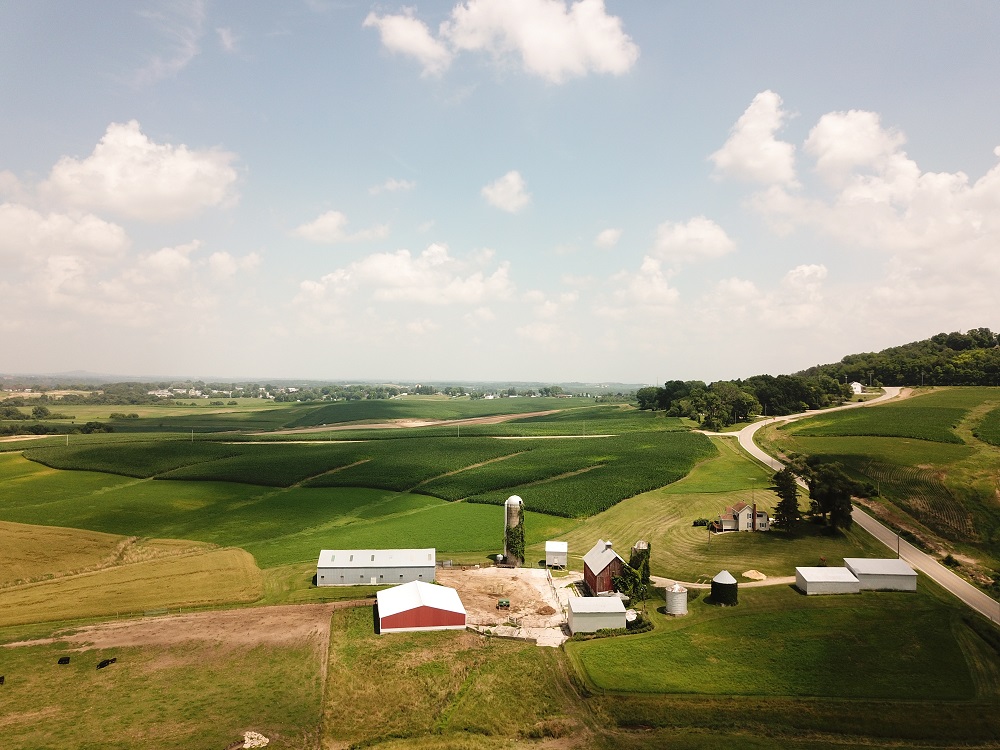Traditionally, communities in rural areas relied pretty heavily on smaller banks to provide them with all their banking needs. And you would think banks in rural areas still have this advantage over big banks because they’re generally the only bank around for miles, but it’s actually becoming more difficult than ever for these institutions to grow deposits. What’s going on?
To give some perspective, in a span of five years, from 2013 to 2017, total deposits fell by 7.5 percent at banks with $1 billion or less in assets, while banks with over $1 billion in assets grew by the trillions. This data tells us that people who used to bank with smaller institutions are now making the switch to bigger banks. So why is that? And, more importantly, how can banks in rural areas grow their deposits? How can they keep up with the big bank competition?
The following paragraphs offer strategies that can help your small bank compete in this competitive market.
Increase Deposit Rates
Neil Stanley, CEO of deposit consulting firm Core Point, believes that smaller banks should be focusing on increasing deposit rates. In an American Banker article, he said that increasing deposit rates would “improve their deposit and loan products to give consumers more compelling reasons to switch from banks that have vast branch and ATM networks and, generally, more sophisticated mobile banking technology.”
Offer Custom Retail Products
One way to increase deposits is by providing the community with custom retail products that fit their specific needs. Some examples are custom rate incentives, exchange rewards, fee refunds, cash rewards, commercial account analysis and more. By offering new and custom features such as these, rural banks expand their capabilities, which in turn, open their doors to more prospects. If you see a need, you should do everything you can to provide the services necessary to meet it. If you don’t, you’ll lose the business of customers with that need.
Embrace Technology
Another option to help rural banks boost deposits is by embracing technology. The reality is this: people are becoming more tech and finance savvy than ever before. If smaller banks don’t advance technologically, they’re likely to be left behind. So, for these banks to keep up with competition, they must find ways to get ahead with today’s technology in a data-driven world.
Apps, social networks, and online banking are things potential clients are now looking for in today's banks. An Accenture report showed that sixty-four percent of borrowers use handheld devices for banking. They expect an online experience as part of the banking process. As Millennials become more finance savvy, banks looking to attract this market need a strong online presence.
A good example of a bank that embraces technology is a digital bank in Europe called N26. N26 uses the latest technology to provide their customers with a simple and intuitive online banking experience. By using the latest technology, they make it easy for their customers by giving them full control of their finances without any hassle, any time and anywhere. And it doesn’t end there. Not only are they providing a great product, but they go above and beyond by providing a great service. N26 also provides educational content that teaches their customers and prospects about the importance of saving, proper money management, and much more. By doing all this, N26 has developed a bond of trust and loyalty with their customers by focusing on an online-based relationship. They’ve taken the concept of banking and made it the cool thing to do.
Capitalize on Strong Relationships with Clients
In an era when banks like N26 can conduct all their business online, how do community banks compete? By offering a personal touch. Relationship banking is where smaller banks have an edge. In rural towns, many people are still accustomed to doing business the traditional way. They typically prefer speaking with a clerk face to face rather than using technology, which is perfectly fine. If most people in your community prefer banking in person, your bank must use this preference to its advantage. However, don’t lose sight of the rising generations and their needs. If you forget about them, they’ll likely forget about you.
While banks are turning to technology to gather deposits, the relationship with the customer is still vital. Hire a relationship manager who can train your staff to act as consultants, not just clerks. Building a personal relationship with your clients is key to earning trust. Once you've helped a client reach their financial goals, they're more likely to remain loyal to you as an institution.
The best relationship banking also goes beyond the physical walls of a community bank. Try encouraging your employees to build trust by getting involved in the community. Having your employees spearhead a local service project will strengthen your bank’s reputation.
Partner with the Best Financial Processing Software Providers
But even with the best in-person service, you still need the right tools to survive the competition. To integrate both the digital and personal approach, you need mobile banking solutions, a content management system, a robust and flexible core banking solution, and a partnership with competent service providers.
As a partner to many community banks, FPS GOLD understands your needs better than anyone else. With cutting-edge relationship banking features built into our customizable core banking solution, you can expect a partner that will provide all the tools and services you need to keep up with the constant changes of today’s world.
We're committed to helping community banks thrive despite the challenges. Give us a call today or fill out this form to let us know how we can help your community bank compete, profit, and thrive.

